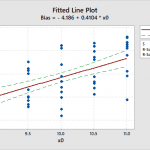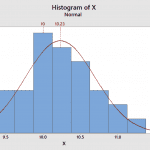
How can I tell when I have a situation that could benefit from Design of Experiments? What if and what else are two phrases that indicate a need for additional information and knowledge. This video provides a simulated scenario to understand how that may happen. [Read more…]











